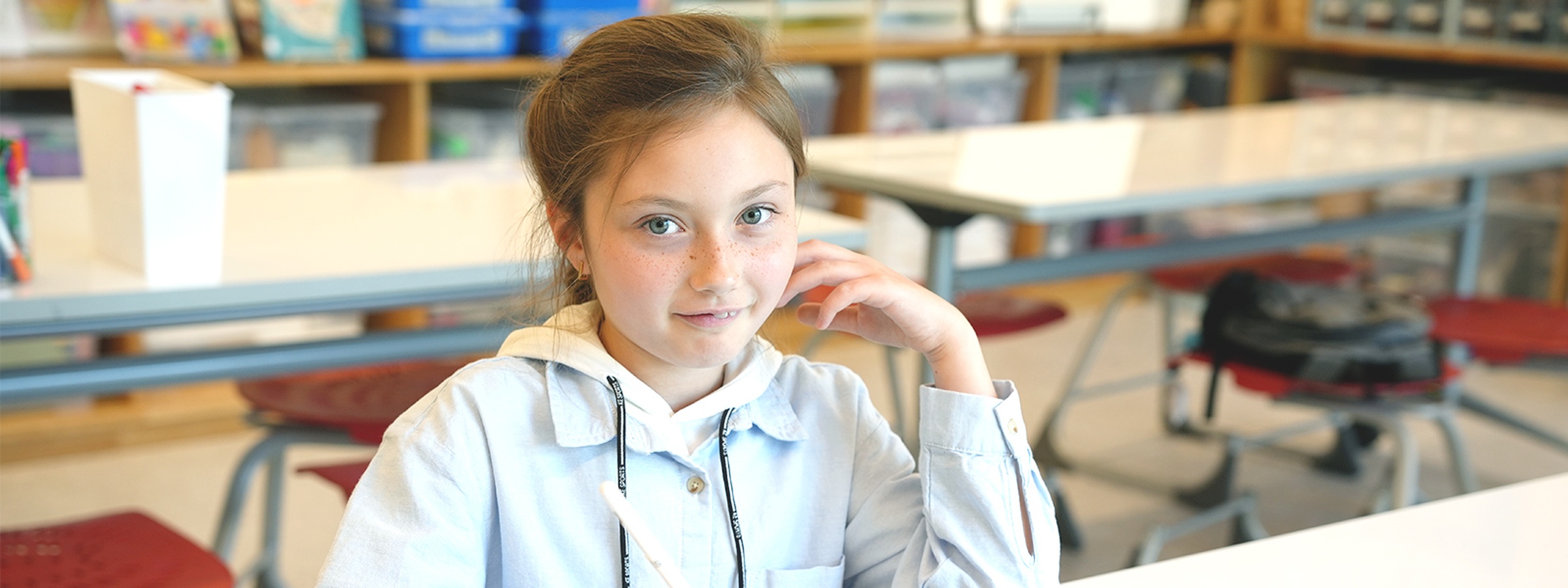Generative AI: Canadian Academy Takes on Brave New World
Innovation is constant in the modern world. However, the speed of innovation is increasing, meaning we all—not just professionals but also young people—have to keep pace. We have to adapt our knowledge base and skillset often to meet the moment.
Jennifer Clark is keenly aware of the pace and impact of innovation. After all, she is the educational technology coordinator at the Canadian Academy (CA), a leading international school located in Kobe. She is also head of the school’s library.
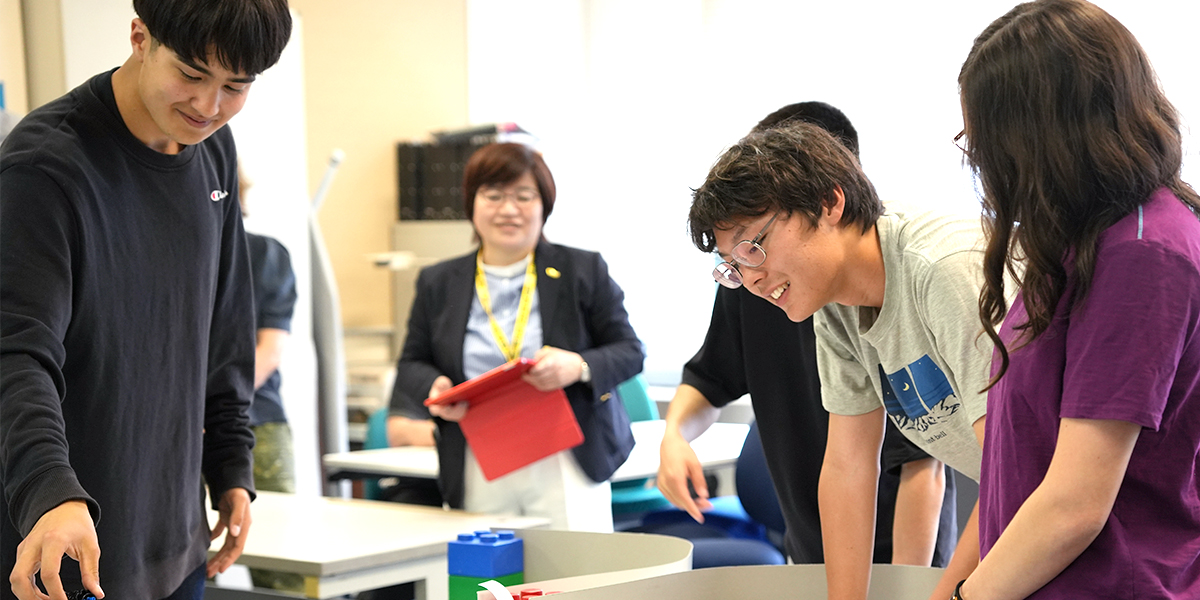
Clark’s role at CA includes keeping abreast of developments in education technology (EdTech), devising a strategy for its implementation across the school, and supporting teachers and students as they embrace new trends in instruction and learning.
One of the tools Clark is helping to deploy at CA is artificial intelligence (AI)-based platforms such as large language model (LLM)-enabled chatbots—in particular, the Chat Generative Pre-trained Transformer, or ChatGPT.

ChatGPT uses machine learning to generate human-like text, including articles, reports, and other kinds of written content. It is a form of Generative AI technology, a slew of emerging software being adopted across society, including schools.
“What I do is to help teachers feel like they have the ability, tools, skills, and knowledge to approach ChatGPT—and everything else that’s coming in the future—with curiosity and not fear, because this is really just a starting point,” Clark tells GoConnect.
Canadian Academy Embraces EdTech
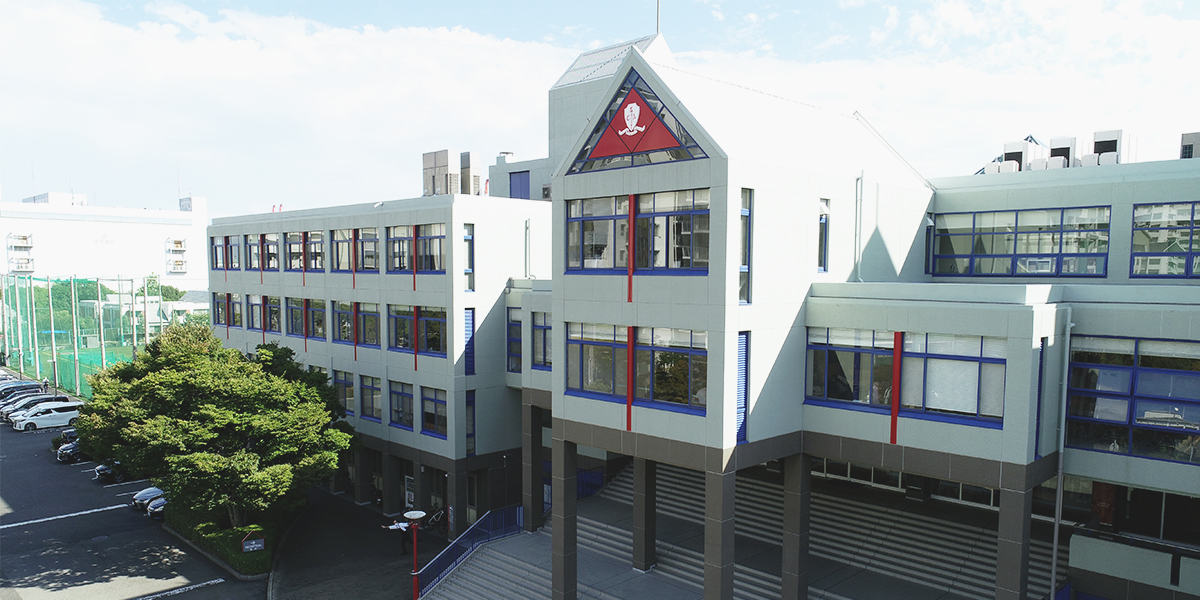
Introducing Generative AI is in accord with CA’s overall mission and core values, Clark says. The school, for example, already uses EdTech platforms such as Google for Education, a suite of cloud-based services provided by tech giant Google.
Students there use Google’s Gmail, an email service; Docs, which is typically used for written work; and Drive, a service for storing and sharing files—and that’s in addition to using laptops and tablets, such as iPads and Chromebooks, as key aides for learning.
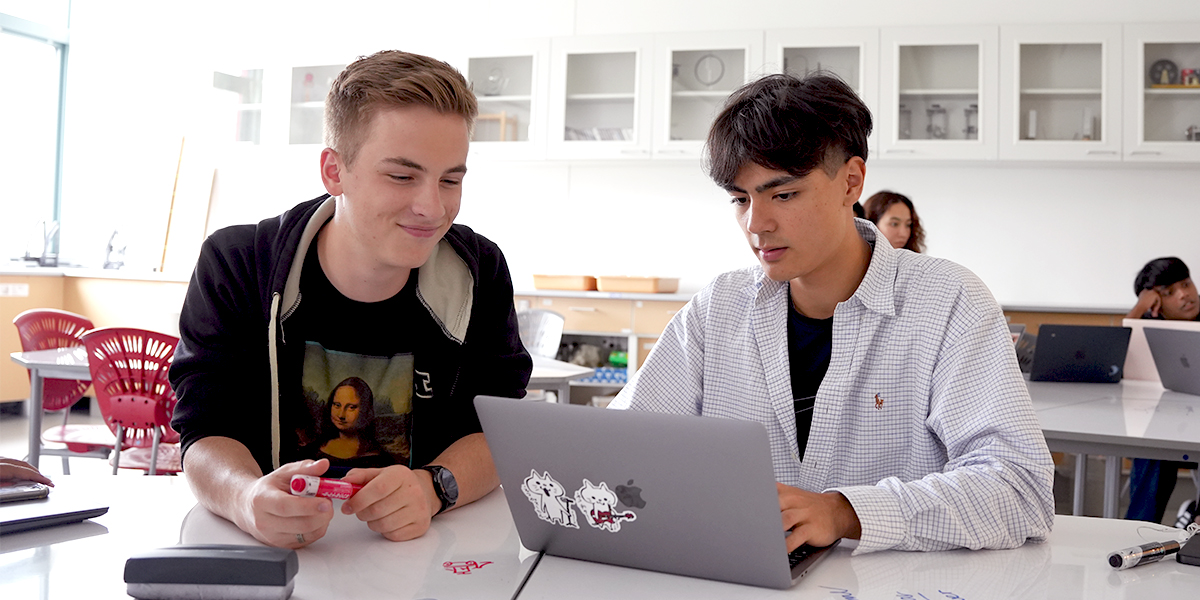
“Essentially, [Generative AI] is not something that stands separate from these platforms; it’s not something that we are ignoring or avoiding. Rather, it’s one of a whole variety of tools that we’re using to meet our goals,” Clark shares.
That’s why CA has established a robust, K-12 strategy for EdTech across the school. Clark notes: “We use a gradual release of the responsibility framework and match their age and stage of development with the tools that are going to help them the most.”
This means “every student in the entire school has access to some type of device. It’s just a matter of how often; what they use it for; what its capabilities are.” What’s also important when introducing technology is the age and development stage of learners.
Students at CA Level Up
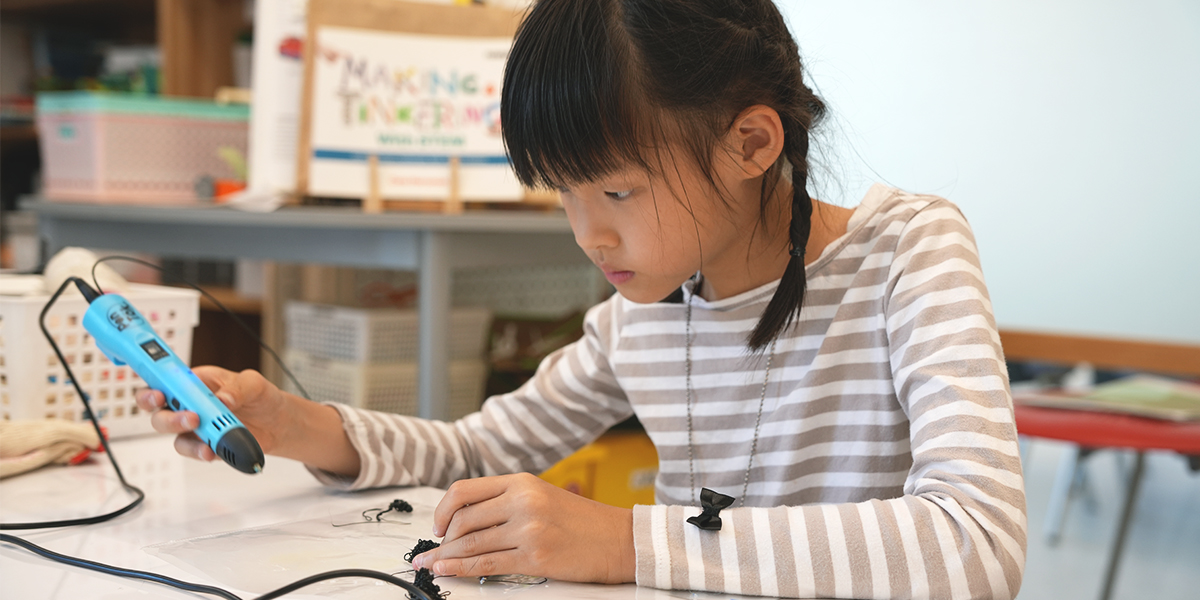
Students in the lower elementary school age bracket at CA have access to iPads and the Toodle Learning Management System, a software platform for teaching and studying that connects teachers, students and parents in an all-in-one product.
“This is fantastic because, at the next stage, they can use it to take and manipulate photos, for instance,” Clark says, and adds that “such learners can provide feedback on their own work even when they’re still developing as writers, readers, and speakers.”
Third-, fourth-, and fifth-grade learners not only have access to tablets, “but they now have use of keyboards, gain access to their Gmail account at CA, as well as the opportunity to use apps on Chromebooks and those on the Google for Education suite.”
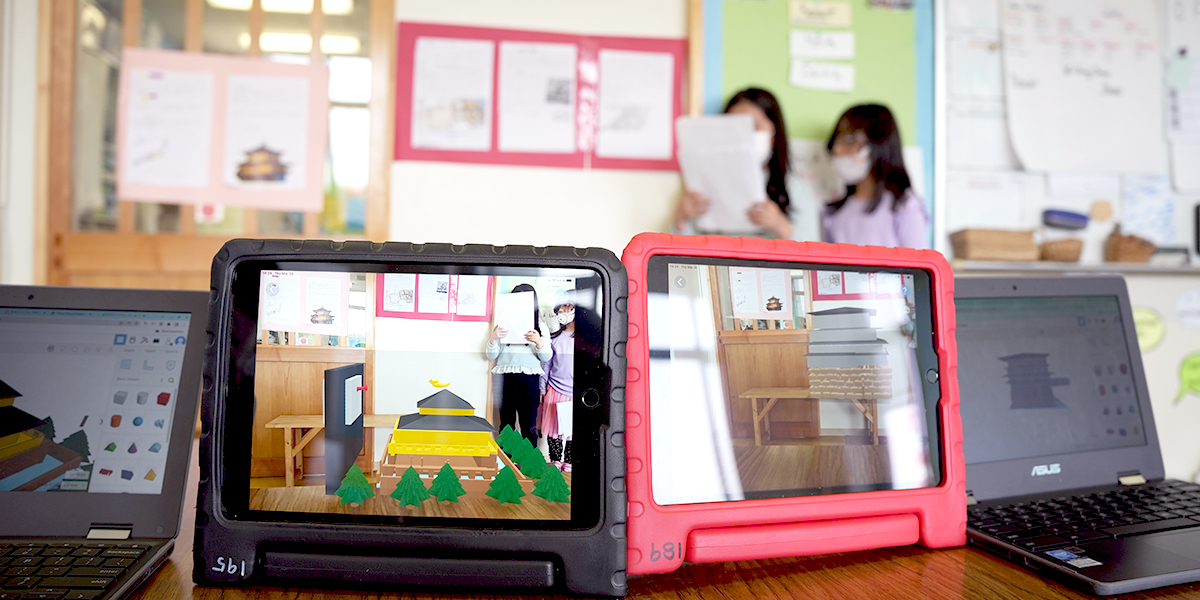
From sixth grade, the school deploys a “bring-your-own-device” strategy for laptops, as long as they meet CA’s technical specifications and rules—these ensure that students engage each other in social interactions while still using devices and developing digital skills.
Ninth graders and above, meanwhile, enjoy more flexibility and responsibility than younger peers. This means they can bring a smartphone to school, but have to keep it in a basket or out of sight during classes. They can also use a “smart pencil,” which is used on a tablet, opening up more opportunities for digital capacity development.
“The idea being that if you enroll your child in preschool and they graduate from here in 12th grade, they will have had opportunities to interact with a variety of devices, platforms, and tools in a way that is appropriate—and challenging—for them.”
Working with Generative AI
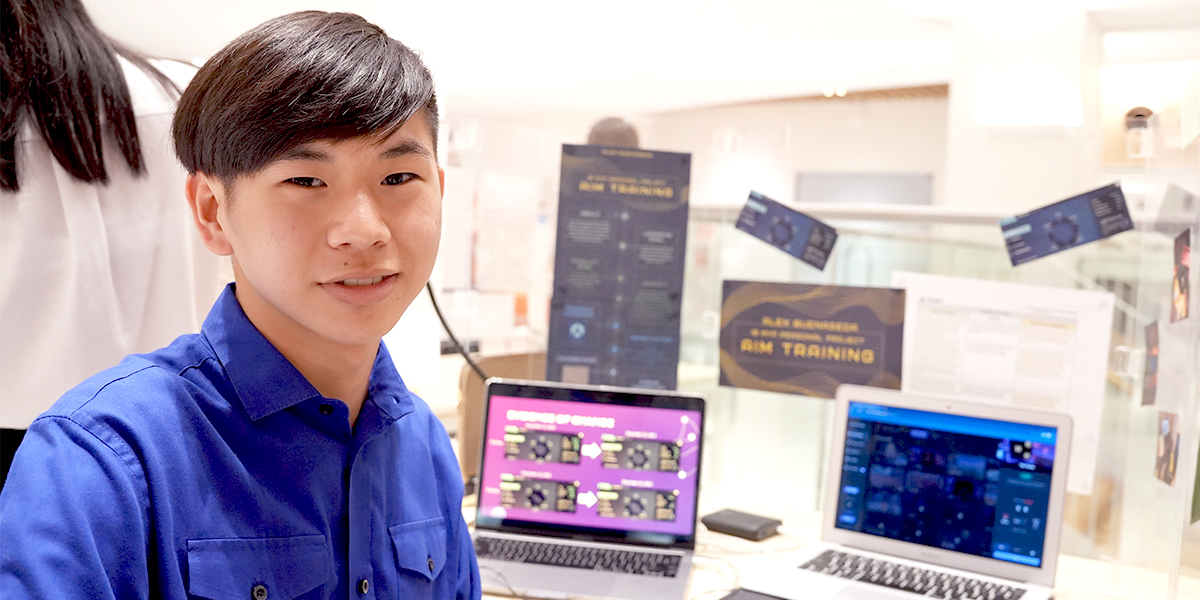
ChatGPT is not the only Generative AI tool that has captured the public’s imagination in recent years; indeed, a plethora of such platforms have come onto the market, allowing users to generate text, images, audio, and other kinds of media.
Among LLM chatbots, one finds the aforementioned ChatGPT, as well as Bing Chat, Bard, and LLaMA. Text-to-image platforms, which convert natural language inputs into images of a given description, include Stable Diffusion, Midjourney, and DALL-E. And new text-to-video, text-to-voice, and other iterations of Generative AI are emerging.
Generative AI, however, has led to concern over such issues as data privacy, a blurring of truth and intellectual integrity. ChatGPT, for instance, can be used to write essays, a mainstay of student assessment. This has caused worry about unfair advantage, if the platform is used inappropriately, between students.
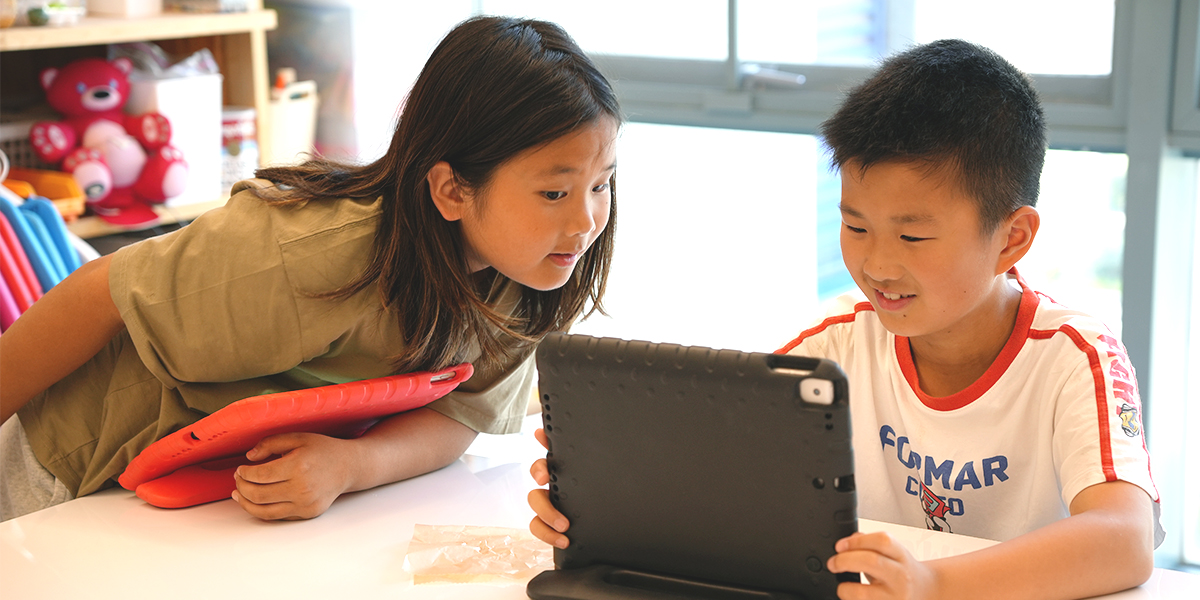
How is CA tackling such concerns? Clark says the school not only follows industry best practices, but also has a robust approach to empower teachers and students, giving them the skills and confidence not only to use Generative AI, but to do so responsibly.
“If you think back to Wikipedia, the concern was, ‘Well, now students are just going to copy and paste directly from it.’ What had to happen? We had to explain to students what Wikipedia is, what’s great about it, and what’s not so good about it.”
Clark says that it was a mix of responsive policies, best practices, careful instruction—and capacity building—that led teachers and students alike to learn how to use tools like Wikipedia in an appropriate way. The same, she predicts, will happen with Generative AI.
Phone: 078 857 0100
Email: admissions@canacad.ac.jp
Read more: https://goconnect.jp/partners/canadian-academy/
Website: https://www.canacad.ac.jp/
Recommended: Build Your Network at Foreign Chambers of Commerce Events in Tokyo, Kyoto and Tochigi and Put Yourself in the Hands of an Expert if You’re Looking to Buy a Home in Japan

